IVF Lab Procedures
Laboratory (lab) work is an integral part of infertility treatment procedures. It includes working with sex cells, sex tissue and embryos.
- 1. AIH insemination procedure – semen preparation
- 2. IVF procedure – semen preparation, isolation of eggs from the follicular aspirate, cultivation of sex cells in in-vitro conditions, fertilization using micromanipulation procedures, cultivation of embryos, cryopreservation of sex cells and embryos
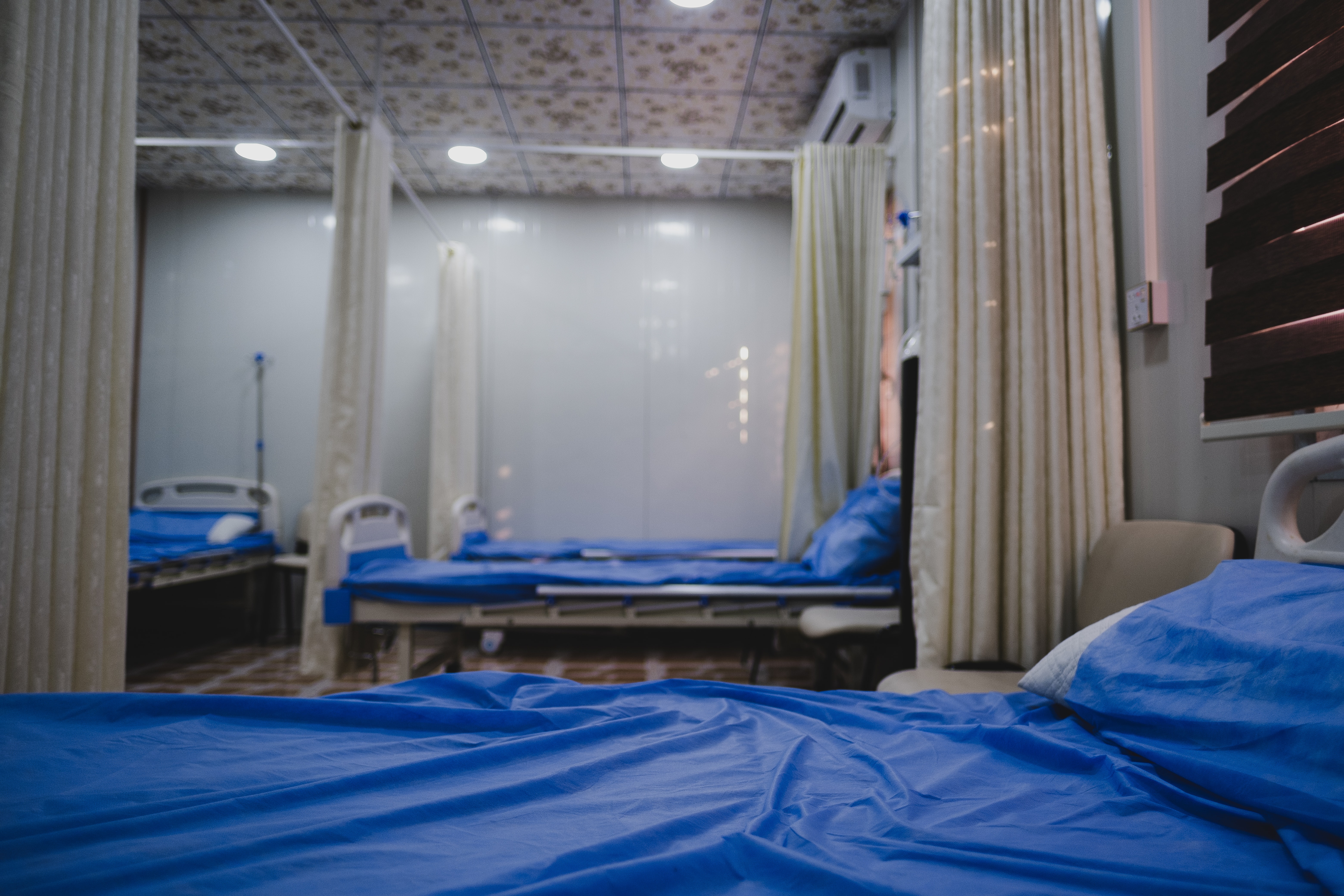
SEMEN PREPARATION
Semen needs to be prepared for both insemination and IVF procedure. The area for semen preparation is regulated and enables optimal work conditions when dealing with the cells.
- Semen is provided in a sterile container, and it is necessary to abstain from sex 2-5 days prior to giving the semen.
- 30 mins after the sample is given, semen is tested for quality.
- Multiple density gradients are used to purify the sample. A centrifuge of the sample follows this, and it is washed out using appropriate substances.
- Purified sperm goes in the incubator until use.
- Swim-up method is used to separate the motile sperm.
- Taking samples from testicular sperm extraction (TESE) and testicular sperm aspiration (TESA) is different, and the procedure
- itself is demanding. Sometimes it takes hours to separate vital sperm of satisfactory morphology. Should the partner be unable to be present at the clinic to give semen on the day of aspiration, the semen is previously cryopreserved. After thawing the cryopreserved semen, it is treated the same way as fresh semen.
FOLLICULAR ASPIRATION/EGG RETRIEVAL
- A doctor uses ultrasound to do follicular puncture and aspiration of its content in the operating room.
- The fluid with the eggs is given to an embryologist who examines the follicular aspirate under a magnifying glass on a heated surface.
- The eggs are being rinsed in culture media, placed in culture dishes, and then kept in the incubator.
- Eggs are checked for maturity two hours after retrieval. Eggs in the GV phase and atresia are dismissed. Eggs in the MI phase are left in culture dishes for additional two hours and then re-checked for maturity.
- Mature eggs are prepared either for fertilization or cryopreservation.
- Through insight in the patient’s documentation, current results of semen quality test, the doctor and the embryologist decide, with the patients consent, on the procedure for fertilization – „classic or ICSI.
IVF PROCEDURE
- In the IVF procedure, excess granulosa cells are removed, and up to two eggs are placed per one culture medium.
- Sperm is added to the drop containing eggs.
- Two hours after adding the sperm, they are checked for motility.
ICSI PROCEDURE
- There are various indications for the ICSI procedure.
- Granulosa cells are removed and placed in the procedure dish.
- Sperm is placed in the same dish but in a medium that reduces sperm motility. First, a sperm with the best morphological characteristics is chosen, and then its motility stops using a light micro needle stroke followed by sperm aspiration into the micro needle.
- The egg is fixed in the 6 o’clock polar body position, and a micro needle is used to insert the sperm into the egg cytoplasm.
- ICSI procedure is the same as sperm acquired through testicular sperm extraction (TESE) or testicular sperm aspiration. (TESA)
- In semen samples with zero sperm motility, a technique is used to differentiate the vital sperm (HOS test) prior to the ICSI procedure. Only sperm with proven vitality are induced in the egg.
A) GAMETE, EMBRYO, AND BLASTOCYST CELL CULTURE
- Embryo cell culture is maintained up to day 6.
- One day after follicular aspiration, we check for fertilization, and irregularly fertilized eggs are removed from the culture.
- Eggs showing no clear signs of fertilization are being left in the culture for another 24 hours.
- Embryo development is being monitored each day.
- Embryo transfer is possible on days 2, 3 or 5. The number and quality of embryos to be transferred is agreed in consultation with patients and embryos are documented and photographed. They are then returned to the patient’s uterus using a catheter designed for this procedure.
- Embryos that remain after day 2 or 3 after the transfer are left in the culture until day 5 or 6.
B) VITRIFICATION AND EMBRYO THAWING
- Embryos are cryopreserved on the third or fifth/sixth day. Only embryos of good quality which can survive cryopreservation and thawing are being frozen.
- On day 3 we freeze embryos in cleavage stage (6-8 cells) with fragmentation < 15% and of regular blastomere.
- On day 5 we freeze embryos in compaction as well as good quality blastocysts.
- On day 6 we freeze good quality blastocysts.
- Prior to cryopreservation embryos are documented and photographed and photos are marked with the number of the straw containing each embryo.
- Embryos are frozen in the vitrification process.
- Cryopreserved embryos are placed into containers.
- When patients decide to use the cryopreserved embryos, they are thawed and left in the incubator until transfer for at least two hours.
- Three-day-old embryos can be thawed, left in the culture for 48 hours and then transferred in the blastocyst stage.
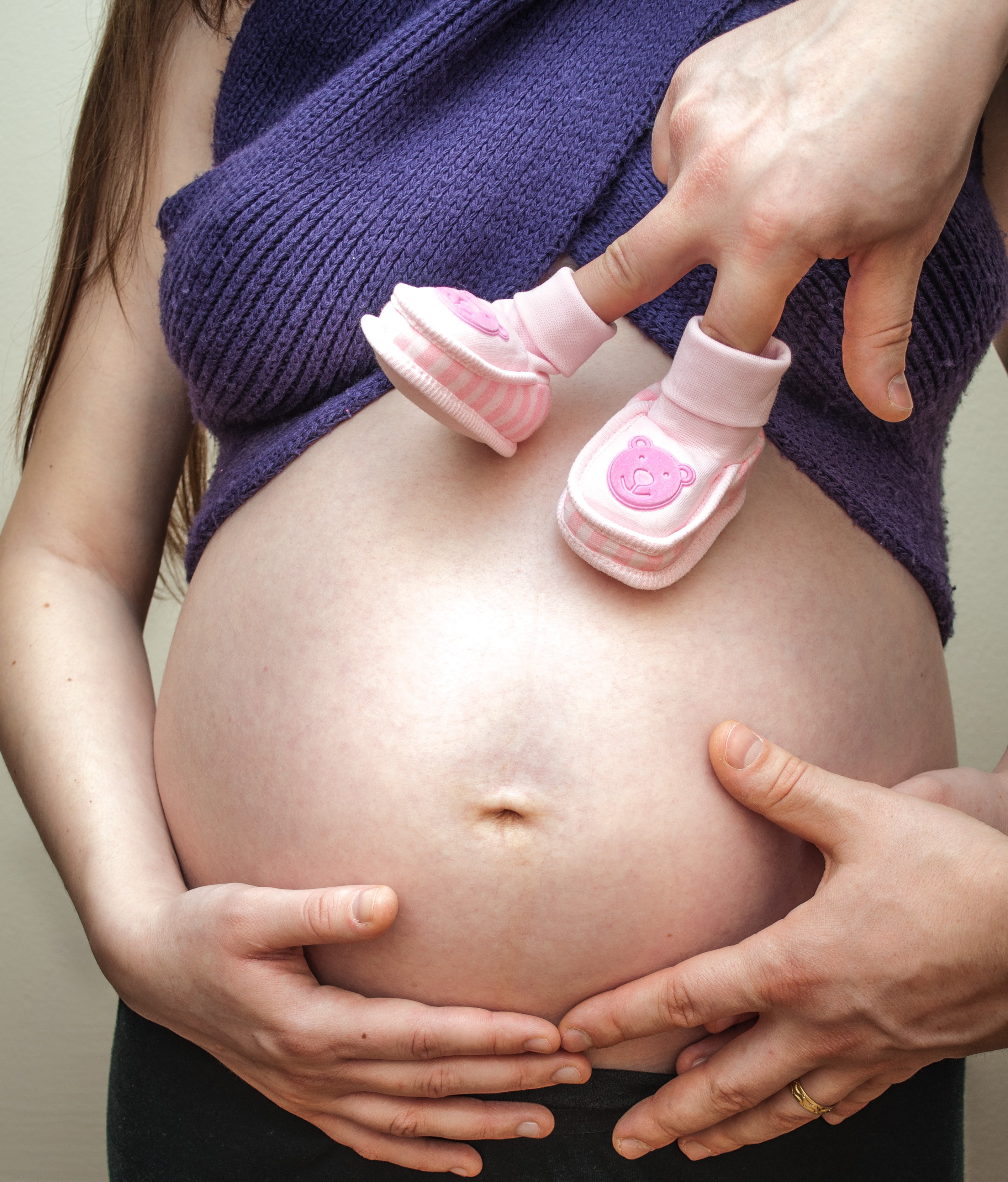

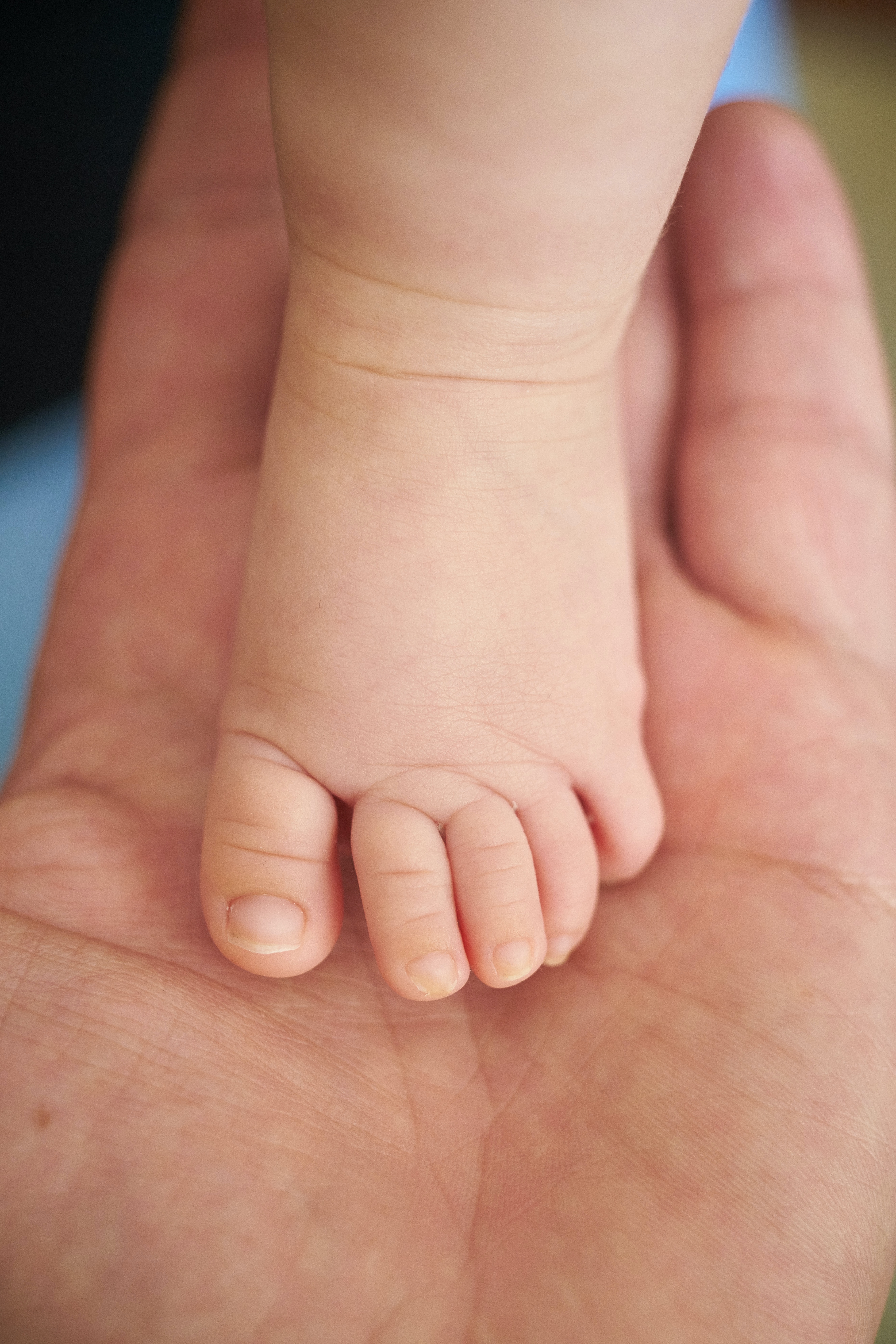


.jpg)
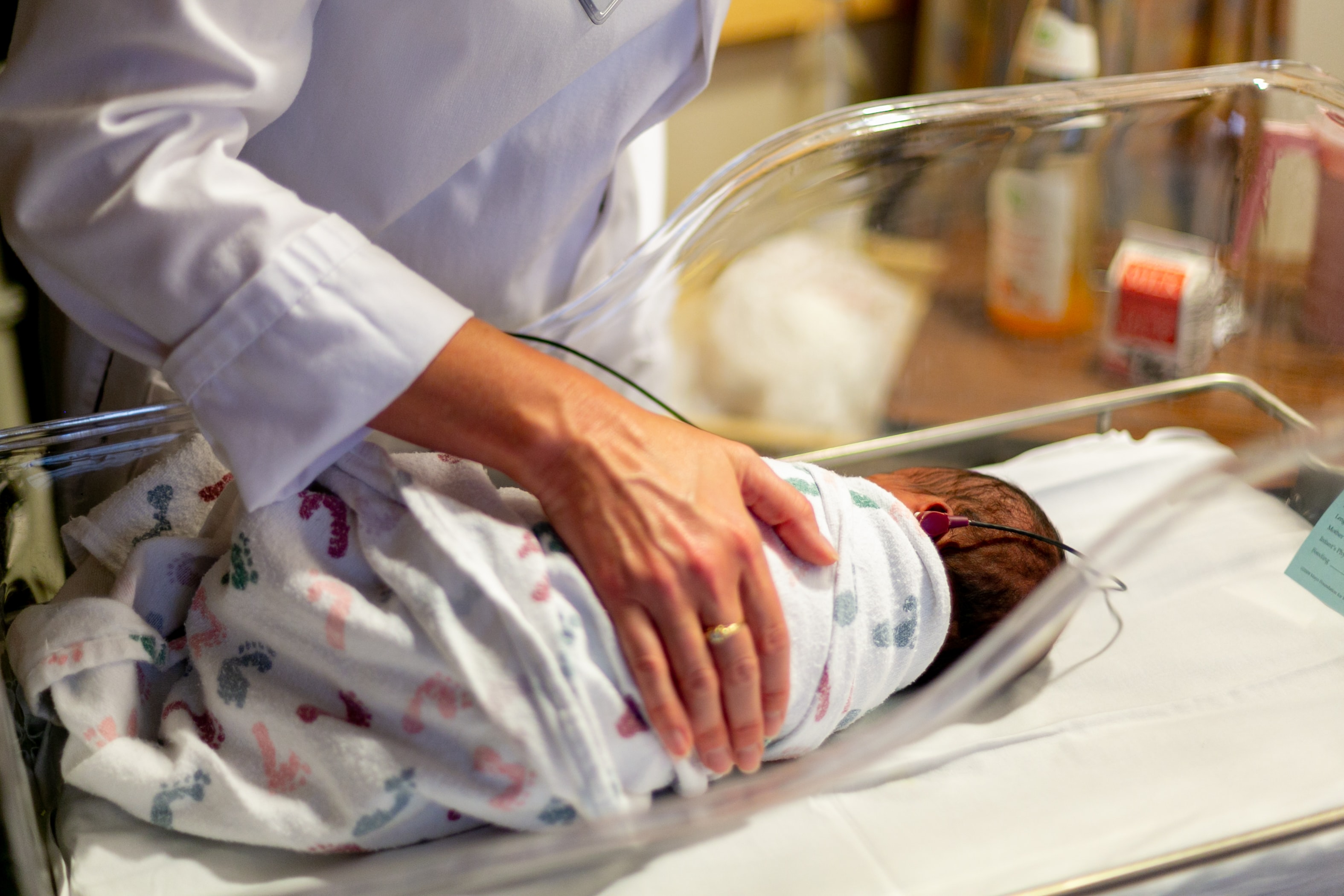
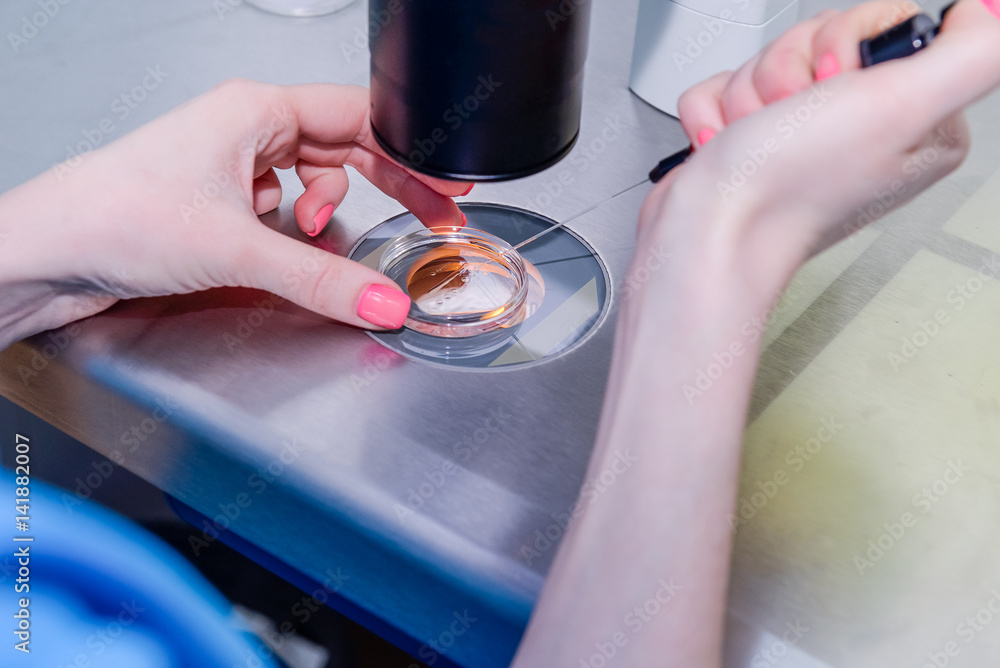
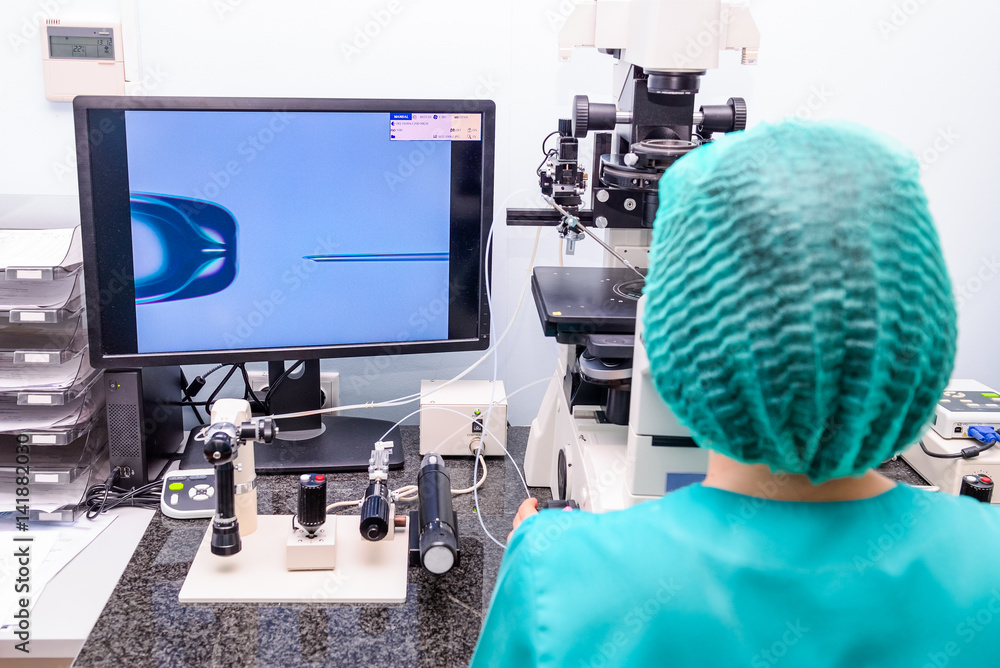

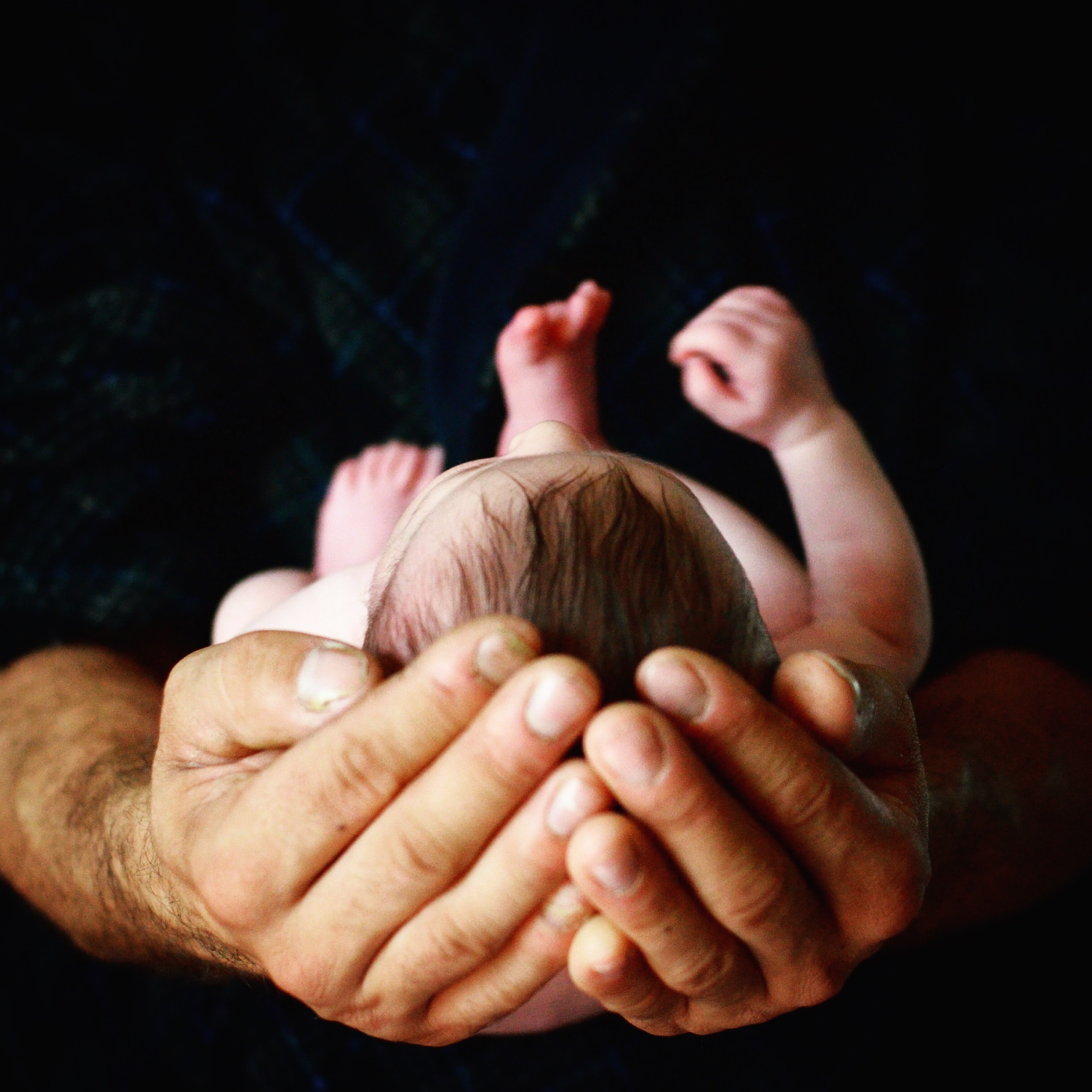
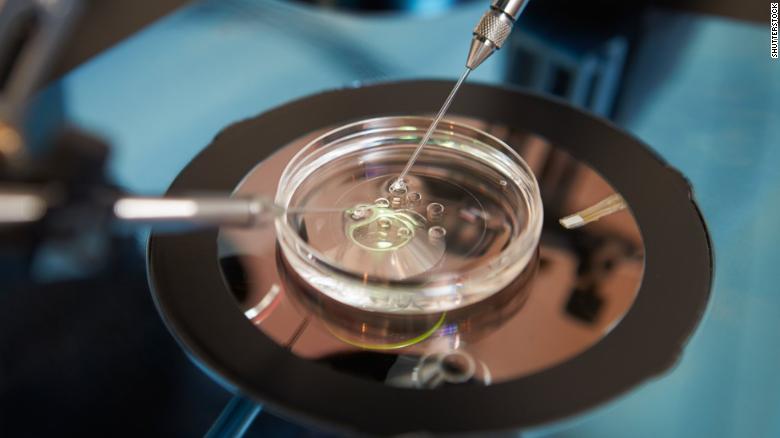
.jpg)

